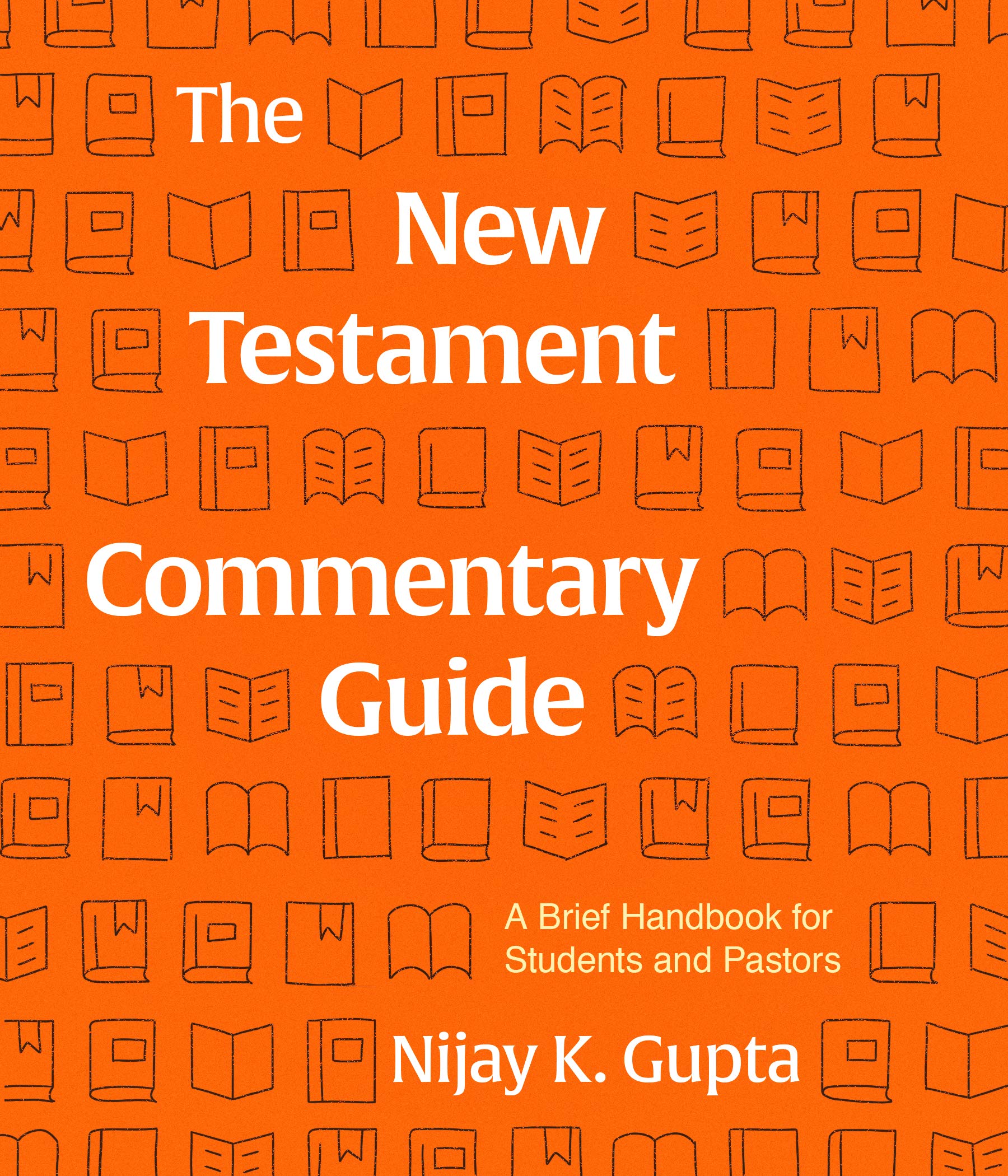Commentaries themselves are a helpful assistance for those that engage scripture, whether they be small group leaders through to PhD pursuing pastors. However, for those who are new to these levels of study, selecting a book that will be helpful can be difficult especially considering the wide range of new commentary series, and independent commentaries, being continually released. This difficulty increases if people become familiar with a series which they go to first, that is either incomplete, providing no resources for some books yet, or is a historic series with multiple volumes for a particular book. This guide aims to assist people to select the best commentary for their needs for each book of the New Testament.
To begin with the positives of Gupta’s book, his prose is extremely easy and enjoyable to read. He opens brilliantly introducing the bulk of the book with brief recommendations for single volume commentaries and study bibles, and by providing purchasing advice and tips for reading commentaries themselves. Not content to simply provide advice to the bulk of students or pastors, Gupta includes the beginnings of advice for students who understand French and German by suggesting commentary series and a location for further advice.
On the other hand, unfortunately, the negatives of Gupta’s volume are similarly long. The structure of recommendations of commentaries for each New Testament book, have been ordered in categories of Technical, Semi-Technical and Non-Technical, prior to a Hidden Gems culminating section. Within the first three sections, there is no obvious logic for arranging the commentaries. They don’t seem to be arranged by date of publication (only Matthew was checked for this), author name, series name, or quality (since the best of these commentaries would be indicated by the added recommendation in the margin of which scholars, pastors, or the audience as a whole should own).
To produce this review, I have used the paperback edition of the Guide, and from my prior experience of Lexham Press resources within Logos Bible Software, the following criticism may not be valid.
When discussing commentaries, it is common for acronyms to be used and due to the inclusion of an introductory section for common commentary series such as New International Commentary on the New Testament (NICNT), the acronyms associated with those series can be easily deduced in the majority of cases. There are a few cases where these aren’t clear for example the IVPNTC, InterVarsity Press New Testament Commentary, and SP, Sacra Pagina, are used without being introduced or defined. It is possible that it may be assumed that IVP stands for the publisher, however this is contrary to its use for newcomers to the field, and there is no similar hint or clue for SP.
This guide could be easily improved by swapping out the publisher written series descriptions for Gupta’s own descriptions. This would allow the reader to get a sense of how he has experienced what the series are aiming to achieve by providing a different perspective than simply the blurb produced by the advertising department at the various publishers. Also, a definition for “historical-critical approach” is included when describing a commentary but other approaches are left undefined and this approach is left undefined in a number of other places. The inclusion of an appendix with definitions for the various approaches utilised within commentaries would be helpful.
I have received another book by Lexham Press for review, however, this book was purchased with my own money without any consideration by the publisher outside of excellent customer service.



Recent Comments